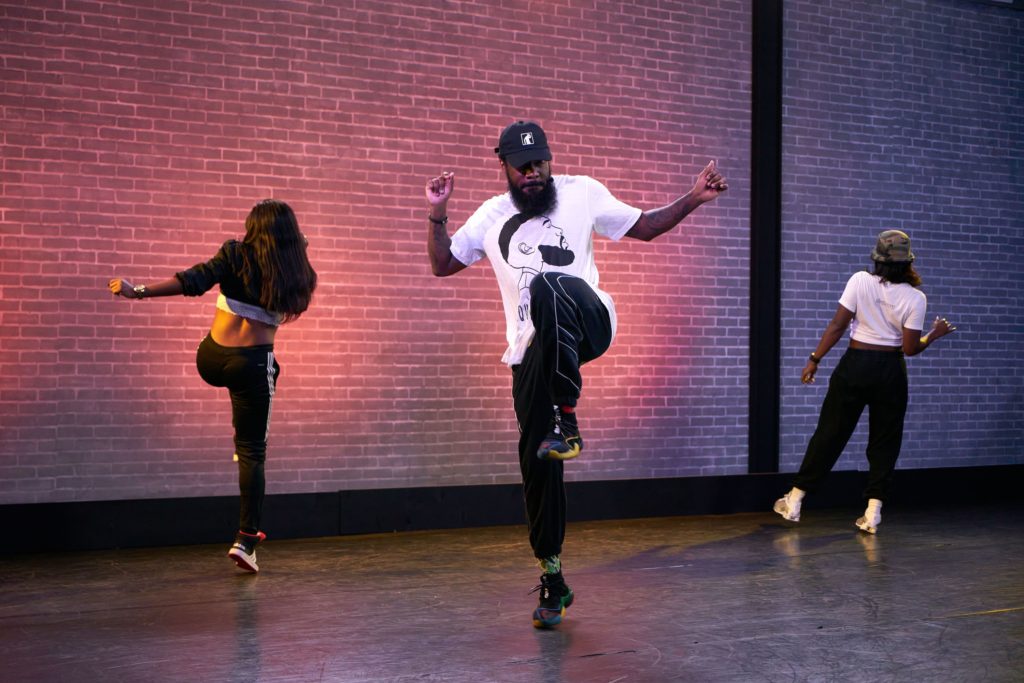The style of hip-hop dance, like hip-hop itself, is sometimes a bit hard to define. Lots of styles have developed in and around the genre, and many people have very strong opinions on what is and isn’t a part of the accepted canon. Consider this a quick primer on the meaning and definition of hip-hop dance.
From The Streets
One of the most recognizable components of hip-hop is its origins in black and Latin neighborhoods, particularly the Bronx, in New York City in the 1970s. These communities often struggled with inclusion, institutional oppression, and economic violence. As a result, the music and art found there was something spontaneous and generated by human interaction rather than codified rules and academic processes. “Street dances’” were just that, parties and groups of people developing moves together to the emerging beat-based music of the era.
Fundamentals
As hip-hop developed as a musical form through natural variations made by new artists and DJs, a language and ethos arose with it. The fundamentals of hip-hop became the pillars of its inception as a distinct music form in the late ‘70s and early ‘80s. These four recognized fundamentals–emceeing (rapping), deejaying (spinning), graffiti, and breakdancing–became the essential pillars of the genre where missing a single one would cause the scene to topple into phoniness.
Breaking Away
Breakdancing, breaking, b-boying or b-girling, all refer to the very first distinct movement within hip-hop. At its core, it comes down to the dancer moving to the “breakbeat” provided by the DJ. All of the movements of breaking are the building blocks of hip-hop, the very inception of the art form as a distinct genre. However, breakdancing is not itself hip-hop dance, just an early component.
Into The Studio
Because it developed massive popularity outside of academic or commercial settings, hip-hop music and hip-hop dance in particular soon saw a reaction from the music industry. More stylized forms of specifically commercial dance, like jazz-funk, started appearing in music videos, fashion shows, and on television. These commercial styles helped propel hip-hop dance into the mainstream, but still don’t define hip-hop dance.
So, What Is It?
What is hip-hop dance? Well, it isn’t limited to just one unique style, like krumping, breaking, or popping and locking. Rather it’s a mix of all of those styles and many more, including movement elements from swing dancing, modern jazz, and even ballet! It’s an approach to choreography that is consciously in tune with the music, beats, and grooves of hip-hop music without being defined or limited by some of its unique characteristics, like freestyling or the cypher. Hip-hop is a wide world of moves and styles which have been built into the choreographer’s lexicon-like tones on a color wheel. It’s a celebration from the birth of street dancing to the full domination of hip-hop in commercial and artistic spaces everywhere. It’s the umbrella under which the visual language of hip-hop culture lives and flourishes. To put it simply, hip-hop dance is the wide world of movement and visual styles that are now forever associated with hip-hop music and can be used by any choreographer and dancer as a celebration of the genre.

